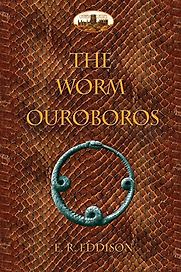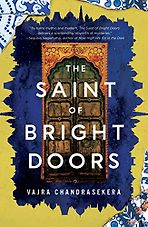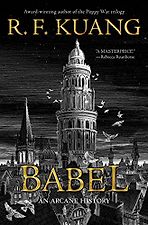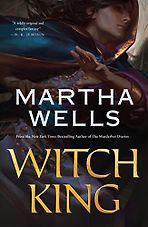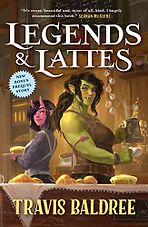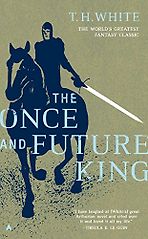Recommendations from our site
“It’s incredibly high romantic fantasy, and it’s very strange. We’ve got people in pixie land and goblin land. We have people who are fundamentally extremely good, and then we have the enemy who are deeply unpleasant bad people, and we end with the good guys winning. But rather as Blake said of Milton, you get the feeling that Eddison is much more interested in what’s going on in the enemy court – the machinations! It’s historically accurate, as far as you can say that for a secondary world fantasy novel. There are political machinations: people will stab each other in the back, there’s an attractive young woman who is clearly sleeping around to get power and influence… And he’s really enjoying writing that – much more than he’s enjoying writing about the good king and his two brothers, who are these upstanding, noble, jolly good chaps you can imagine on the playing fields of Eton.” Read more...
Anna Smith Spark, Novelist
“It is one of the classic works and you could say it’s important in the history of the genre. It got pulled back into circulation after Tolkien praised it in the 1960s, and Ballantine Books started republishing classic works that then became de facto fantasy works and part of a fantasy canon. Among the very first ones that were published, after Ballantine issued the Lord of the Rings, were the ER Eddison books, including The Worm Ouroboros…He had a kind of Nietzschean set of values, the superiority of the heroic individual over the values of society. But he was a great world builder, and probably like Tolkien, he was strongly influenced by William Morris, in that regard. It’s kind of a literary link, where The Worm Ourobouros came out in the 1920s, so it precedes even The Hobbit. It’s a link between the great 19th-century romances and modern fantasy.” Read more...
The best books on Fantasy’s Many Uses
Brian Attebery, Literary Scholar
